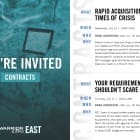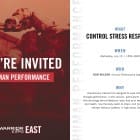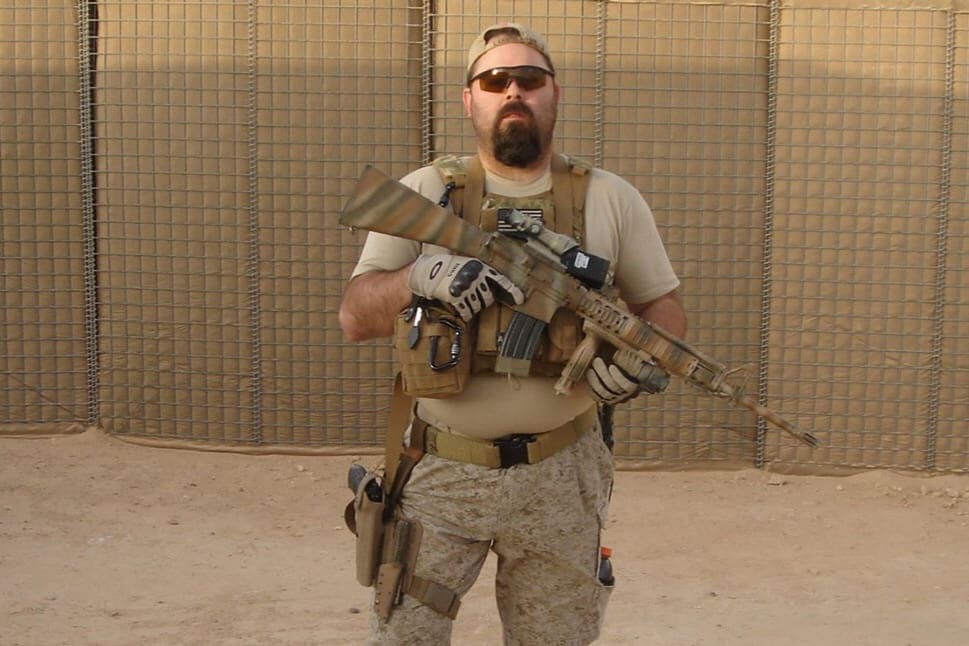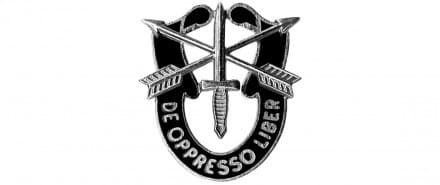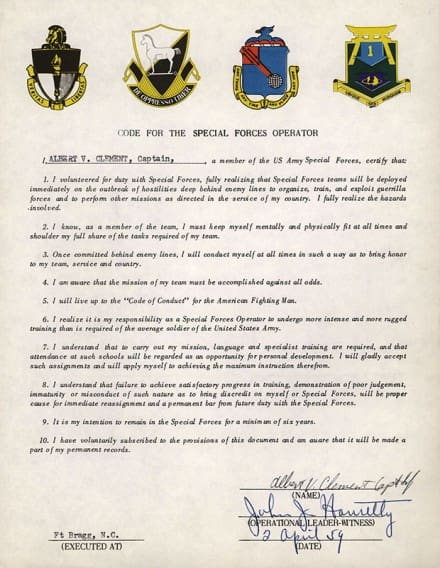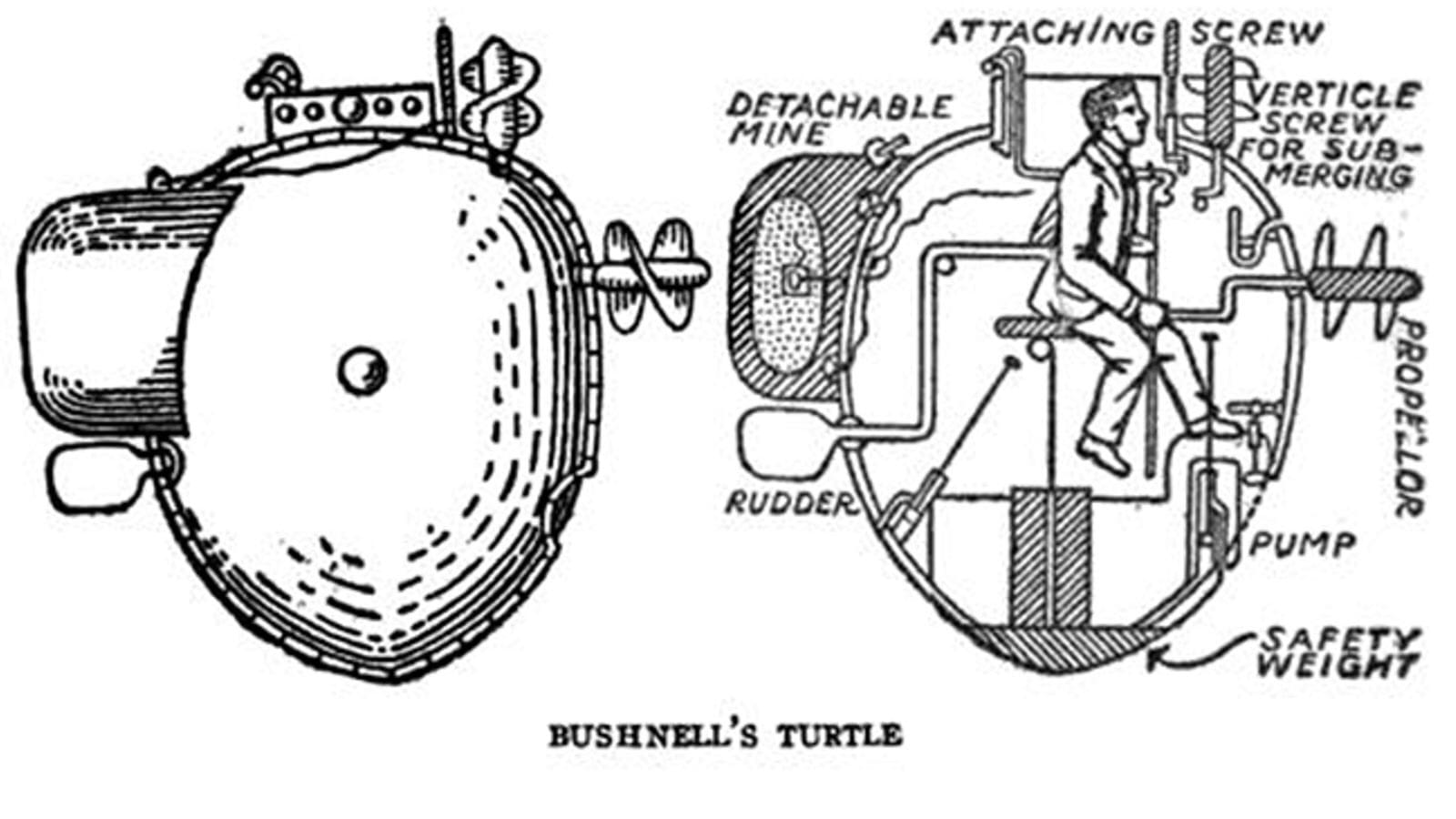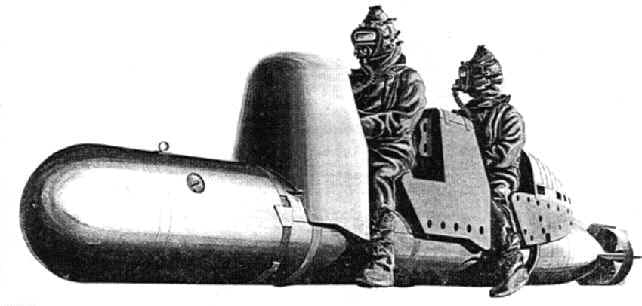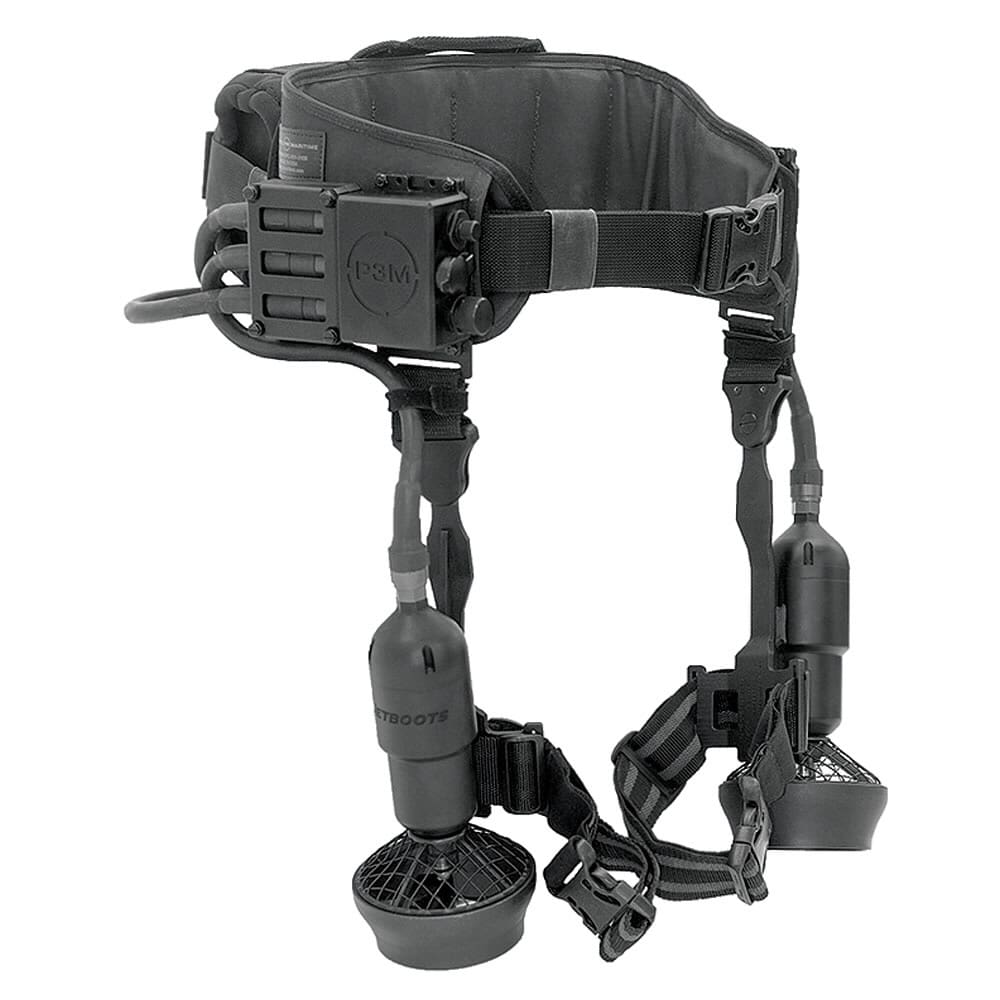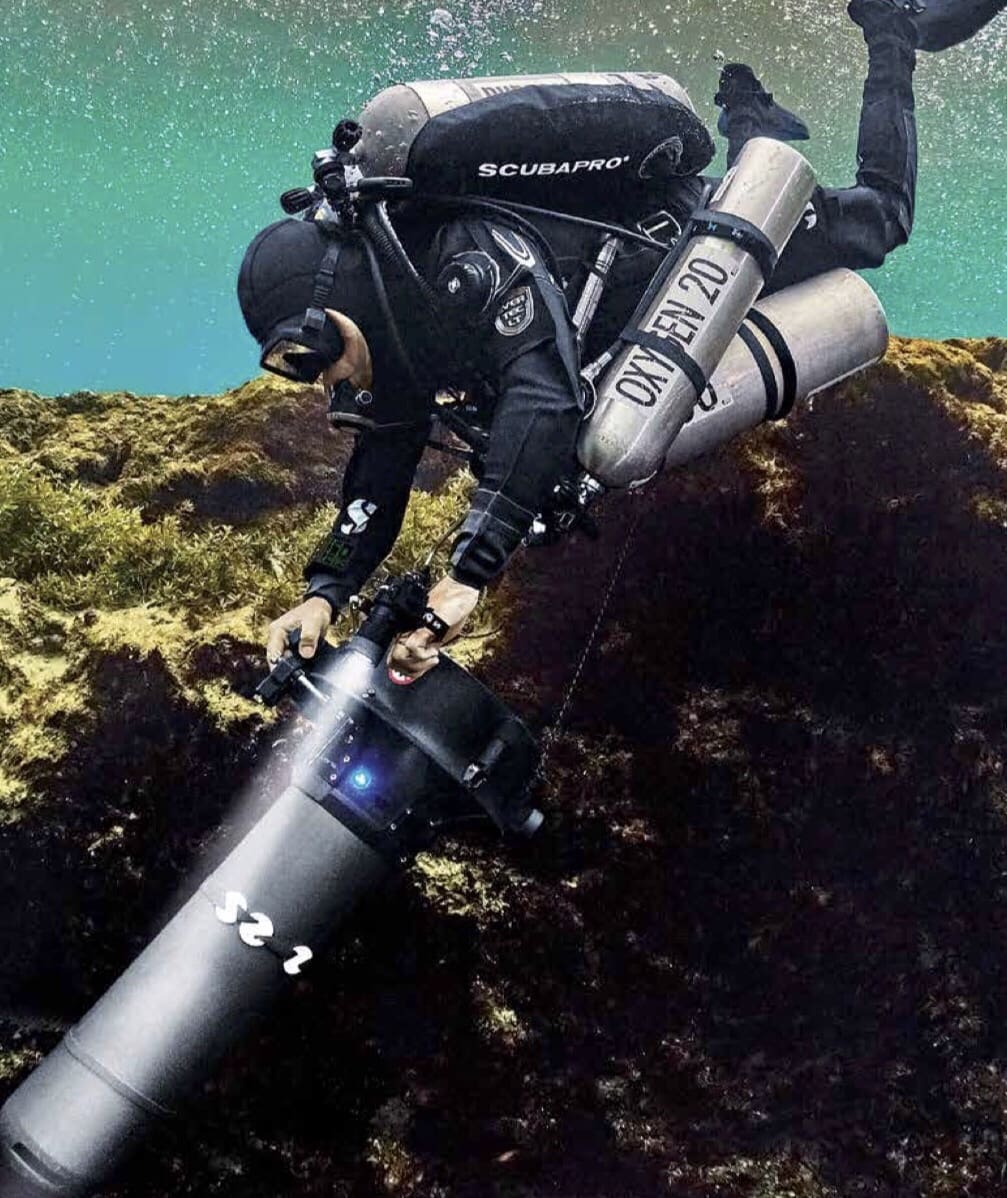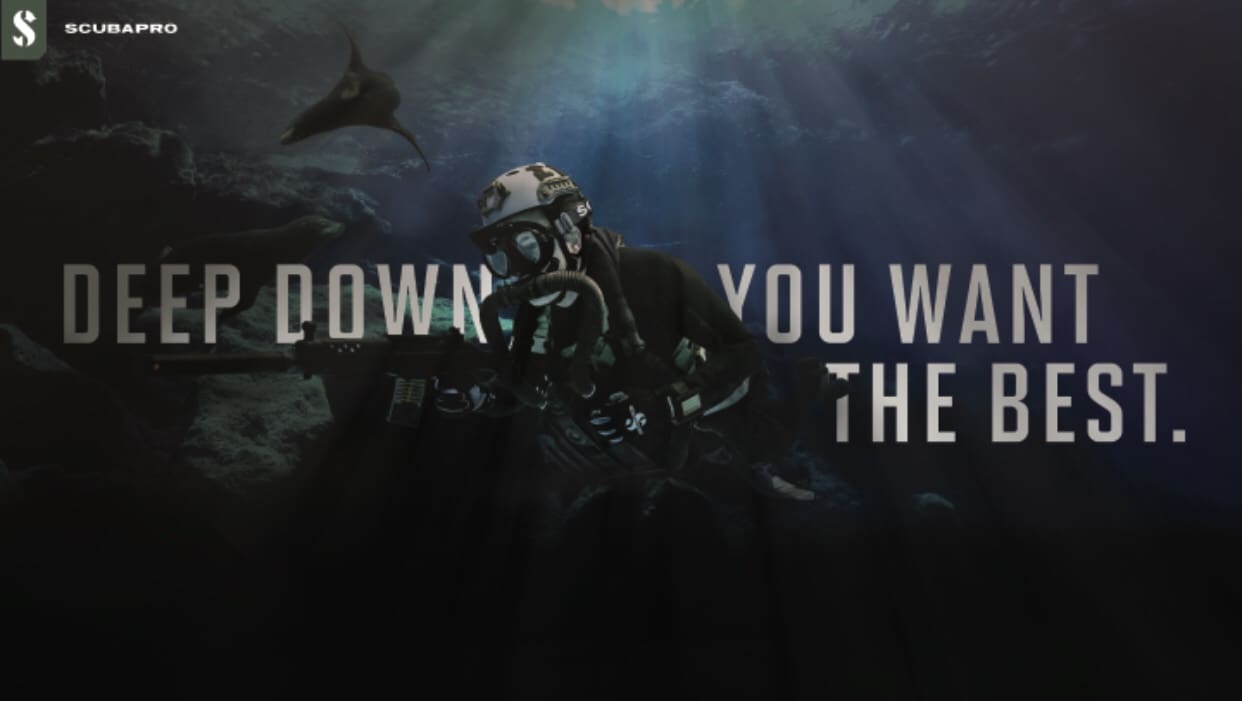Last week, the Office of the Under Secretary of Defense for Acquisition in conjunction with the Sustainment and Office of the Deputy Assistant Secretary of Defense for Industrial Policy released a report entitled, “Industrial Capabilities” which covers the entire defense industry for the year 2018.

In general, as you can imagine, the state of industry isn’t as great as we’d like. For the past several decades we have abdicated our industrial capability writ large to foreign nations. While we have retained quite a bit of our capability to produce defense articles here in the United States, it relies on a vast supply chain, and much of that is what is missing here domestically.
Of particular interest to SSD readers is the section on soldier systems. As you are probably aware, due to the Berry Amendment, which dates back World War Two, all textiles purchased by the Department of Defense must be manufactured in the United States from materials of US origin. While there has been a resurgence of commercial demand for clothing made here in the USA, the vast majority of our domestic textile capability exists to service the military.
While this niche fares pretty well, each year the capacity dwindles. Unfortunately, some of this is caused by lack of interest. Much of our textile supply chain is privately held by family owned businesses. As those operating these businesses reach retirement age, the younger generations are reticent to take up the reins. Those companies who manufacture clothing and individual equipment for the government operate on very tight margins. What’s more, the military is notorious for buying in spurts causing feast or famine cycles which are difficult to manage. Many feel the headache is not worth it. They’ll either sell the company off, or just close it altogether.
The report specifically call out this issue:
Evident industrial base risks in the soldier systems sector include single sources, capacity constraints, foreign dependency, market fragility, and diminishing manufacturing sources and material suppliers. The case studies below illustrate examples where the risk of permanent capability loss is enough to potentially warrant government action.
Erosion of U.S. Textile Industry
Between 1995 and 2009, the U.S. textile industry suffered a historic contraction, and Asian markets now dominate global textile supply. U.S. manufacturers are at a competitive disadvantage in workforce and raw material costs and availability. DoD is reliant on single sources and foreign sources, and competes with commercial demand for adequate production capacity.
However, clothing and individual equipment are just part of the soldier systems portfolio. The report also goes on to specifically address batteries:
Erosion of U.S. Rechargeable and Non?Rechargeable Battery Industry
Characterized by irregular demand proportional to operational tempo, the military battery industrial base is diminishing. Military-unique requirements can depart from commercial demands in size, quality, safety, power density, weight, and environmental ruggedness. Lack of stable production orders has resulted in lost capability and capacity, increased surge lead times, workforce erosion, and inhibited investments by remaining suppliers. Surge-capacity-limiting constraints occur at several points along the value chain, from raw material to final battery assembly.
Another issue of concern is our “Own the Night” advantage.
Foreign Reliance for Essential Night Vision Components
U.S. military “night vision” systems are enabled by an image intensifier tube, a vacuum-sealed tube that amplifies a low light–level scene to observable levels. The Department is reliant on foreign capabilities to supply image intensifier tube core glass and gallium arsenide photocathodes. Core glass is DoD-unique, and demand is very low compared to commercial glass production; the foreign sole source manufactures the core glass in batches based on demand, every few years, to replenish a U.S. buffer stock. Gallium arsenide allows for a more efficient conversion of light to electrical energy at extremely low light level, so by adding gallium arsenide to the photocathode, a brighter and sharper image is achieved. Gallium arsenide supply risk is considered reduced as the number of global suppliers has increased over time, though available suppliers remain foreign.
The reports also mentions the merger of two Night Vision manufacturers, stating “INDPOL (Industrial Policy) is examining whether the merger could result in a loss of competition, create single source dependence, or constrain capacity.”
Overall, it’s refreshing to see these issues addressed at this level. Hopefully, the Homeland Procurement Reform (HOPR) Act we mentioned last week will be enacted into law. The increased demand on the domestic clothing industry will help fill capacity and provide more predictable demand.
The story isn’t all bleak. While the investment tends to be from multinational corporations, we are seeing some investment in new textile infrastructure here in the US, thanks to increased productivity, due to automation, as well as ever increasing labor costs in China. For example, South Korea-based Youngone recently opened a brand new factory in El Monte, California to support Outdoor Research. Other businesses are opening new, or refurbishing elements of the supply chain in the Carolinas.




